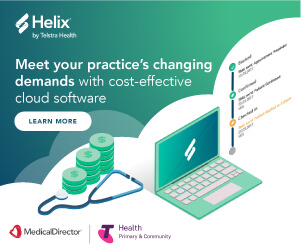5 Innovations in artificial heart technology
The heart is the most “mechanical” of human organs, which makes it relatively easier to augment or replace with an artificial counterpart. And in the past few years alone, we have seen significant progress in artificial heart technology, where science is starting to mimic nature.
1. France’s part machine, part cow heart
Already, we’ve seen a France testing a complex artificial heart that combines biology with machinery in a ‘part cow, part machine’ structure.
This innovative device also features sensors and software to detect a patient’s level of exertion and adjust output accordingly.
2. China’s ‘aerospace heart’
Meanwhile China announced earlier this year a new artificial heart built on rocket technology, which is currently undergoing testing.
The “aerospace heart” uses magnetic and fluid levitation from a rocket system, and is expected to move to clinical trials in the coming years.
3. The Swiss 3D printed heart
In Switzerland, researchers have developed a soft, silicone-based heart using innovative 3D printing techniques.
It possesses left and right ventricles, pumps a liquid resembling blood and weighs about the same as a natural human heart.
4. Australia’s titanium mini-heart
Closer to home, early last year, Queensland researcher Daniel Timms’ device became a new leader in the field of artificial heart technology.
Small enough to fit inside a child’s chest yet powerful enough to support an adult, the titanium shell is about half the size of other artificial heart devices.
5. The latest total artificial heart
More recently, the Australian Federal Government announced it would fund innovation for a new totally artificial heart (TAH), that has the potential to save the lives of millions of people worldwide who cannot access heart transplants.
The technology has the potential to change the need for heart transplantation, transforming the outlook for people with heart disease worldwide.









